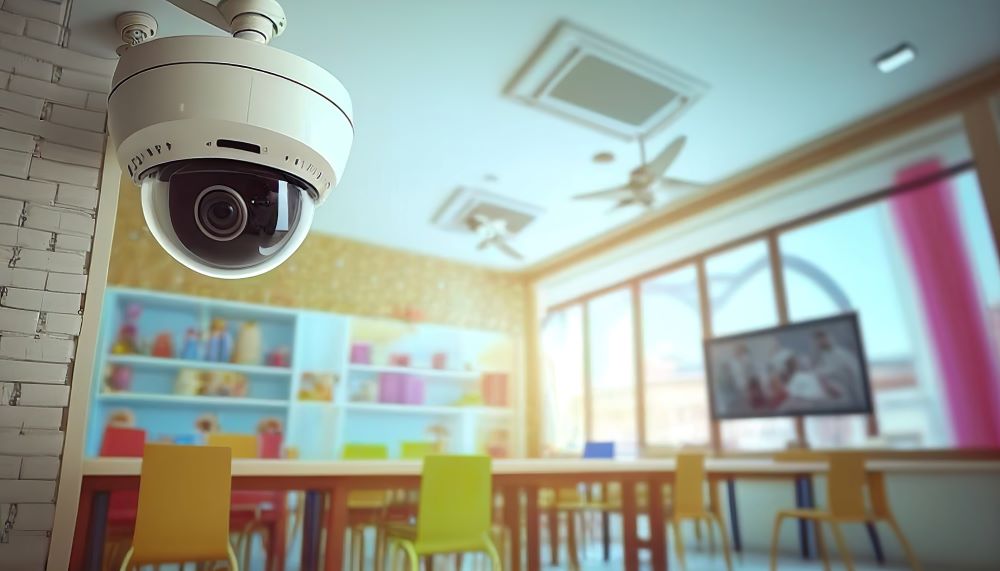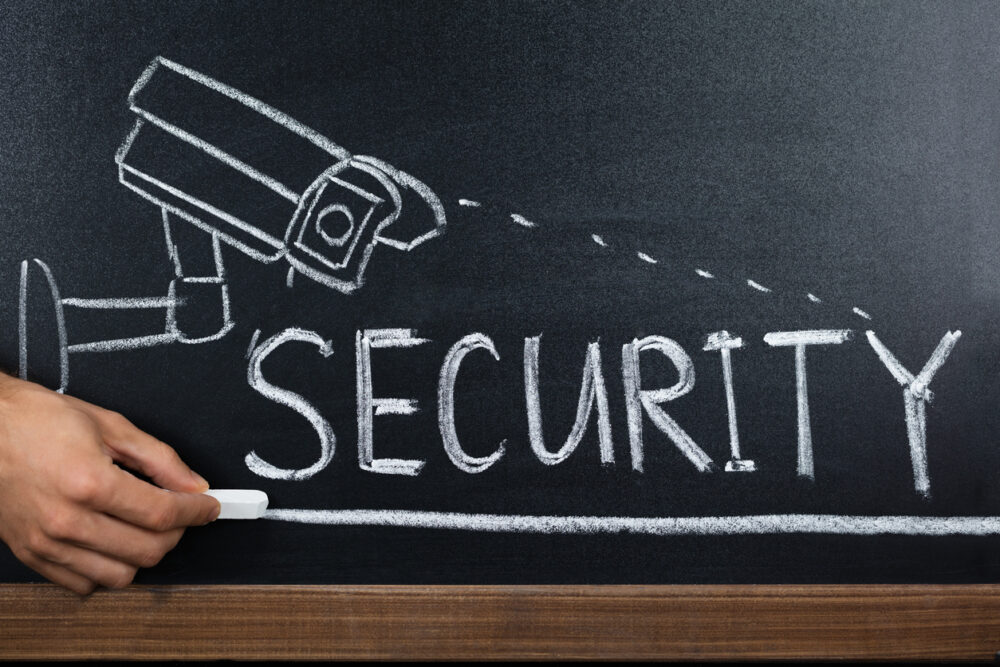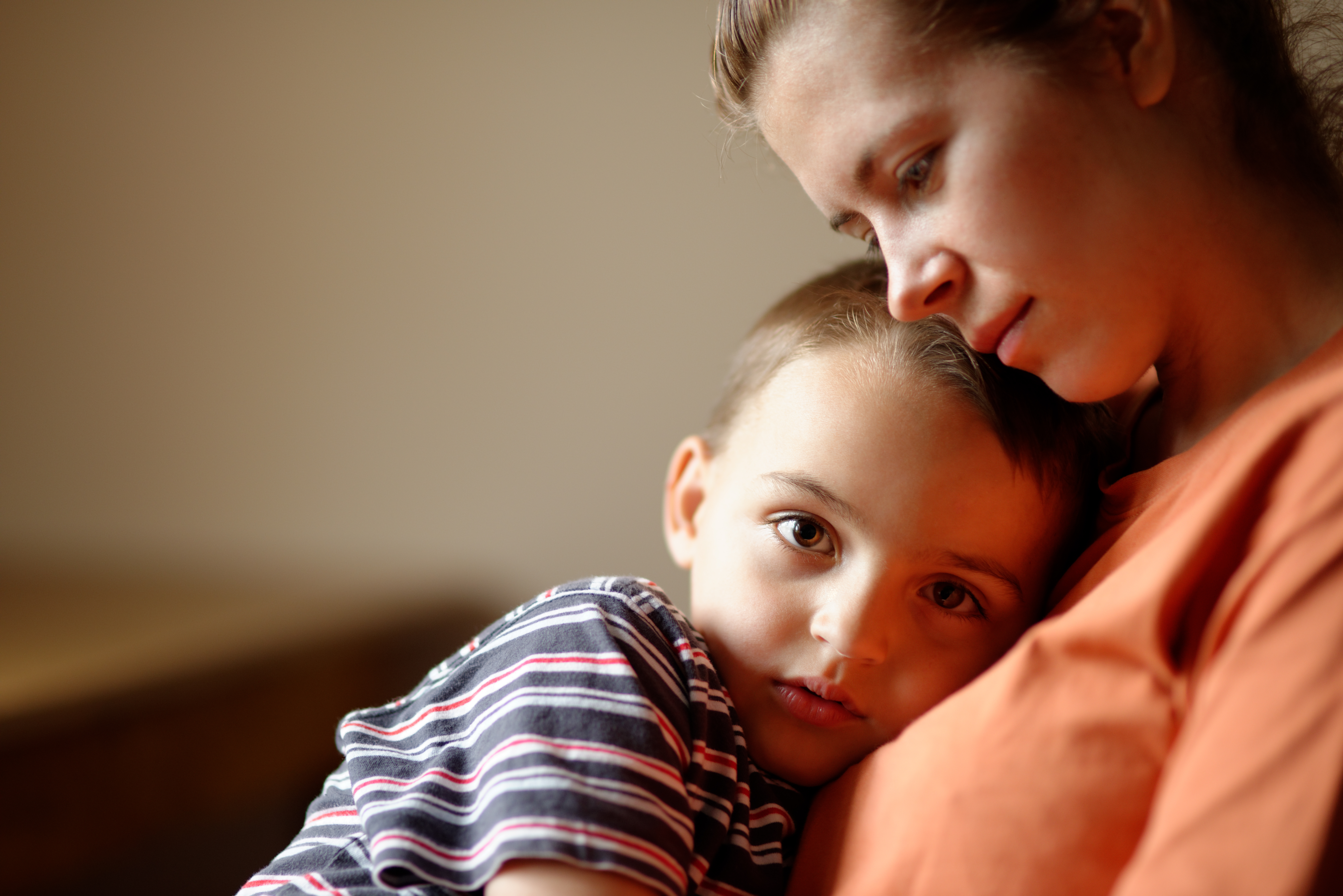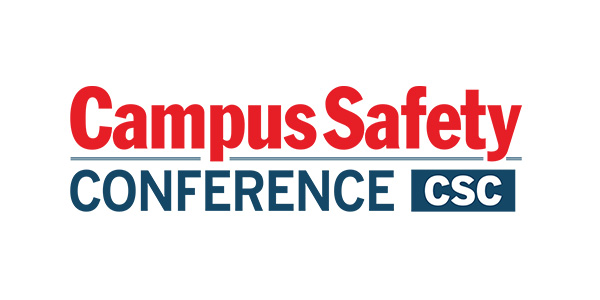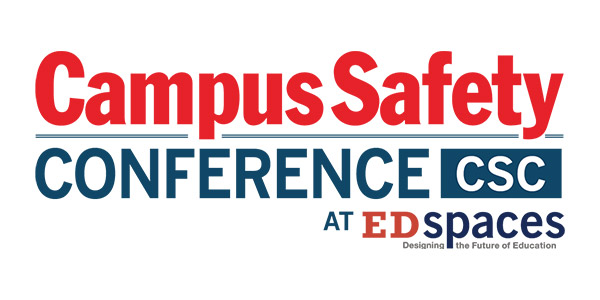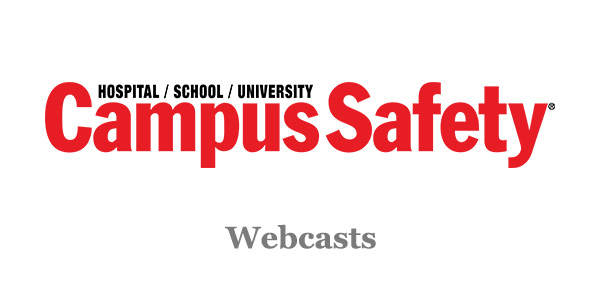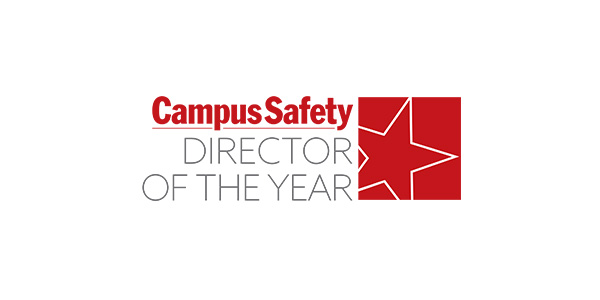Most school security lapses involve human failures and not equipment failures. The other AI — Active Involvement by teachers, staff and the community — can help overcome these challenges.
Guy Bliesner
Guy Bliesner's Latest Posts
Using Scenario-Based Teacher Training to Develop and Maintain School Emergency Response Capacity
Here’s how your campus can make the most of limited opportunities to provide emergency response training to teachers and other school administrators.
With School Security Upgrades, Avoid Knee-Jerk Reactions
The following practices will help your district take a careful and intentional approach to implementing school security upgrades.
School Safety and Security is a Process, Not a Purchase
Schools should continuously review their security and safety programs, involving educators and only adopting practices and technologies that are appropriate.
Surveillance vs. Supervision: Understand the Difference
Combining security cameras with adult staff who can intervene during incidents and provide pupils with “teachable moments” will optimize the effectiveness of cameras and personnel.
Is Your School Addressing These Safety and Security Basics?
It’s surprisingly easy for a school to overlook these safety and security fundamentals. Don’t let your campus be one of them.
4 Steps to Developing an Effective Student/Parent Reunification Process
The right student/parent reunification process can help reduce trauma, as well as limit liability exposures after a school security incident.
Reunification Realities: 7 Lessons Learned from a School Active Shooter Exercise
Here’s what one community learned about reuniting students with their parents after it conducted an active shooter exercise with first responders and community volunteers.
The Role of Climate and Culture in School Safety
Campus climate and culture are foundational in the creation and maintenance of a safer and more secure school for both students and staff.
Develop and Maintain School Operational Capacity with Scenario-Based Training
Planning, as well as using current training opportunities and plausible, realistic scenarios will enable most schools to greatly improve their safety training and exercise programs.
Why Your School Needs a Common Initial Emergency Response Plan and Where to Start
A school security analyst shares how Idaho schools worked with first responders to establish a common initial response platform for emergencies.
Detect-Communicate-Respond: 3 Steps to Simplifying School Safety and Security
Consider framing your school security and safety programs via a detection-communication-response rubric.



